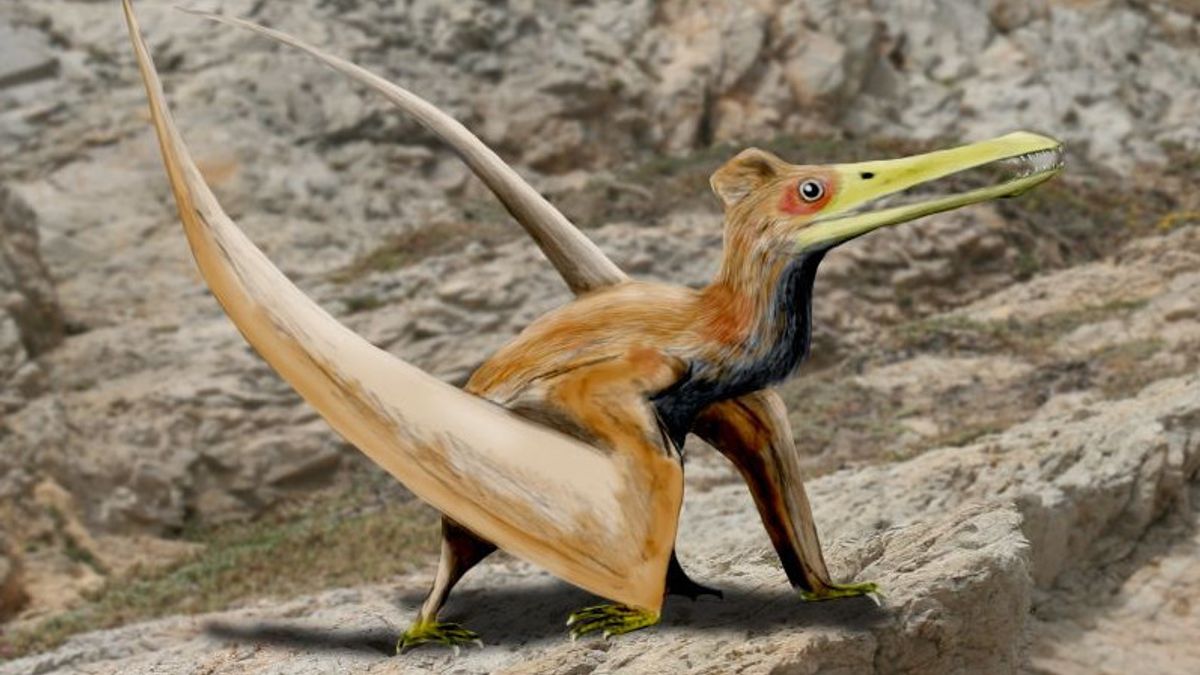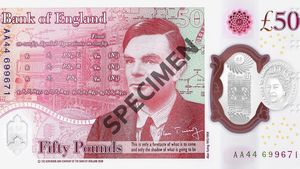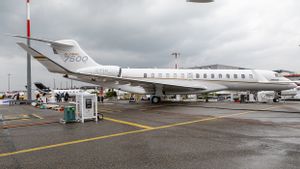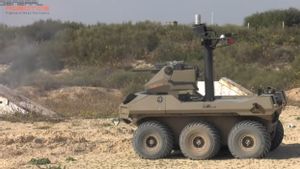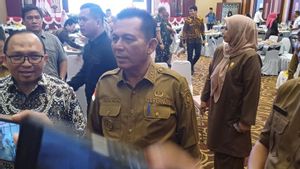JAKARTA - Prehistoric hatchlings were extremely powerful and capable fliers, with wings shaped ideally for power, as opposed to gliding, flight, a study from the UK's universities of Portsmouth and Bristol has found.
The researchers found the flight styles of prehistoric flying reptiles differed from those of adults, making them less efficient at traveling long distances. However, it allows them to become more agile fliers, able to change direction and speed suddenly.
Pterosaurs lived during the triassic, jurassic, and cretaceous periods, dating from 228 to 66 million years ago.
The researchers found the humerus bone of the hatchlings, which had a wingspan of just 25cm, was stronger than that of many adult pterosaurs, suggesting that they were strong enough to fly.
In the study, published in the journal Scientific Reports, researchers modeled the flight abilities of hatchlings using previously obtained wing measurements of four hatchling fossils, as well as embryos from two pterosaur species, pterodaustro guinazui, and sinopterus dongi.
The researchers found that while the hatchlings had long, narrow wings suitable for long-distance flight, their wings were shorter and wider than those of adult pterosaurs, with a larger wing area compared to the hatchlings' body mass and size.
"Although we have known about pterosaurs for more than two centuries, we only have fossilized embryos and their hatchlings since 2004," said Dr. Mark Witton, from the University of Portsmouth, as quoted by Sky News July 22.
"We're still trying to understand the early stages of life for these animals. One discussion centers around whether pterosaurs could fly as hatchlings or, like most birds and bats, they had to grow a bit before they could fly."
"We found these tiny animals, with a wingspan of 25cm and a body that fits in your hand, to be very strong and capable fliers. Their bones are strong enough to support flapping and takeoff, and their wings are ideally shaped for power, as opposed to gliding, fly," said Dr. Witton.
"However, they would not have flown exactly like their parents simply because they were much smaller. The ability to fly was greatly affected by size and mass, and pterosaur hatchlings, which were hundreds of times smaller than their parents, were likely slower, more agile leaflets. than adults who are broad, but less maneuverable."
SEE ALSO:
Dr. Liz Martin-Silverstone, from the University of Bristol's School of Earth Sciences, said: "It is interesting to know that although their wings may be small, they are constructed in a way that makes them strong enough to fly.
The English, Chinese, Japanese, Arabic, and French versions are automatically generated by the AI. So there may still be inaccuracies in translating, please always see Indonesian as our main language. (system supported by DigitalSiber.id)
